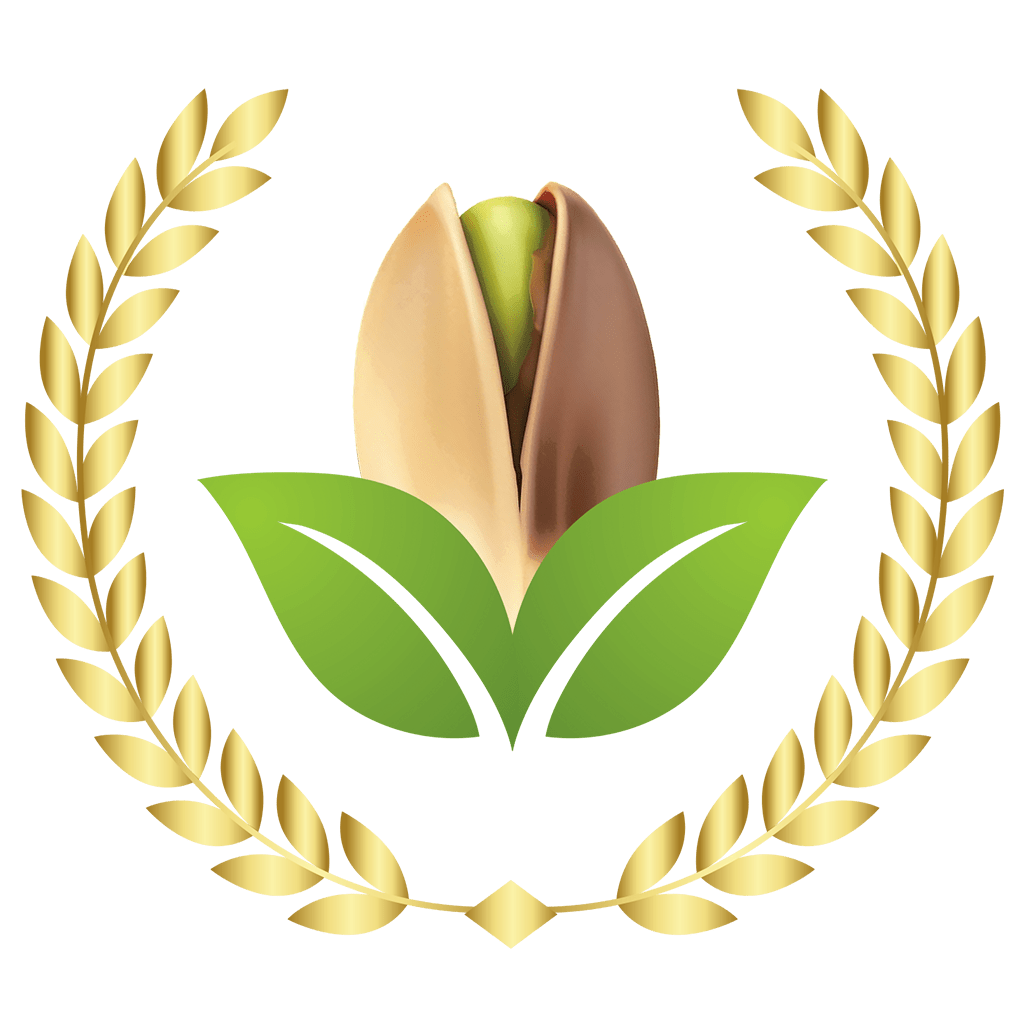Iran Pistachio
Pistachio is a small tree that originates from the Middle East and Central Asia. Pistachio has been planted in Iran for thousands of years and is a product of Iran. Pistachio is a Persian word that has entered the European language through Latin. Pistachio production in Iran has a history of several thousand years. Pistachio production in Iran is 200 thousand tons per year and annual domestic consumption is 10% and annual foreign consumption is 90%. Iranian pistachio has a better taste than pistachios from other countries. Pistachio trees have long been planted in different parts of Iran.
Pistachio tree, requiring approximately 1,000 hours of temperature at or below 45° F. in order to grow normally. Pistachio nut trees, generally, are suited for areas where summers are long, hot, and dry, and the winters are moderately cold. A native desert tree, it does not tolerate high humidity in the growing season. The trees are dormant from December through February and begin to bloom with the arrival of warmer weather in late March. Before June ends, the seed inside the shell has begun its rapid expansion and by the first of August, the seed has filled the shell. The nuts, splitting at the seams, are usually ready to be harvested beginning September 10th. The pistachio is a small tree, reaching about 30 feet of height at full maturity. A large percentage of pistachios is marketed in the shell for eating-out-of-the-hand snack food. Pistachios are a rich source of essential nutrients, fiber, and protein. Low in saturated fat and cholesterol-free.

